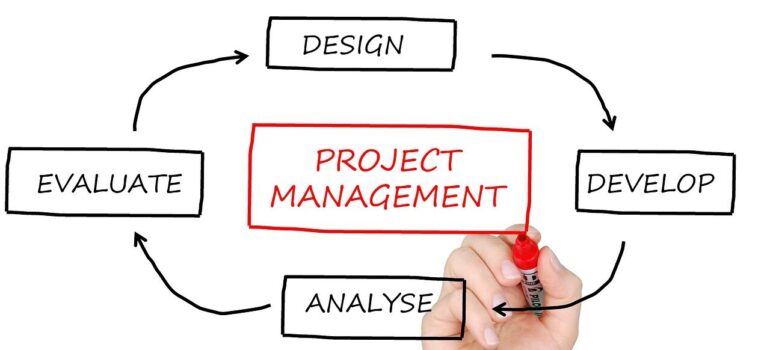How to choose the right project management tool
Book Your Demo
If you are new to project management, you might believe that you can tackle it without a specific tool. You might even think that spreadsheets are powerful enough to help you plan your project, and keep up with the progress. Well, if you do, you are unfortunately wrong. There is a good reason why people have developed project management tools and why successful project managers couldn’t imagine their jobs without them. So, if you are planning to tackle a project, you need to first choose the right project management tool. And we are here to show you how.
Steps to take in order to choose the right project management tool

Just like there are thousands of different projects and project ideas, so are there are thousands of different project management tools. Some are better suited for larger teams, while others are for smaller ones. Some are better used for projects where the end goal is a product. While others do the most good when the end goal is a service. Add to this budgeting, employee preference, and prior experience and you will soon realize just how many variables there are to consider.
So, to help simplify this process of choosing a project management tool, we are going to outline six steps that should bring you to the tool best suited for your project.
Step 1: Define the project needs
The first step to take is to carefully outline what your project needs. Try to visualize the entire process, and to predict what will be the requirements. Keep in mind that the purpose of the project management tool is not to do something for you. But to make your and your employees’ job easier. Some of the common issues projects run into are:
- The difficulty of communication between departments.
- Lack of organization and a hard time keeping up with updates.
- Uneven workloads and inefficient productivity.
- Time-inefficient meetings and conference calls.
None of these things, on their own, pose much of a threat to your project. But, when put together they can easily make your whole project, and likely your company, crash and burn. And, unfortunately, one small issue will easily breed another one, and so on. So, only go for tools that solve all of your needs.
Step 2: Research the available tools

Once you outline your needs you need to make a list of all the projects that are available. The best way to do this is through checking online for the best tools currently available, and by talking with your colleagues. More often than not, they will have some info about a specific tool. Some of them may even have personal experience, and can clearly outline the pros and the cons. All in all, you need to have a clear idea of what each tool provides you and how big of a help it will be. The more research you do, the easier it will be to take the next steps.
Step 3: Evaluate the cost
One of the main issues you will have to consider is the cost of using each tool. Know that project management tools can have different monetization methods. Some are quite cost-effective for small teams, while the cost exponentially rises with each team member added. So, it is vital that you have a clear idea of what the tools bring to the table, and what it will cost you in the long run. You should also have a clear idea of how many work hours your tools save you, and whether you have to spend extra time educating people about its use. The last thing you want is to turn to a different project management tool mid-progress.
Step 4: Consult with your team
With the gathered research, the initial feedback from your team, and the cost evaluation, the time has come to make the list of the top tools. Depending on these three variables, you can have between one and a dozen tools available to make your choice. If you have only one, great! But, if you have multiple, you should consult with your team one more time. Explain to them what you’ve learned and how you believe each tool will benefit your company. It is highly likely that you’ve made an oversight, or that you misvalued certain aspects of the tool in question. So don’t be surprised if the tool you deemed best, turns out to be a sub-par choice. Once you make your decision, you can proceed to the next step.
Step 5: Purchase and implement the tool

Ideally, you will purchase and implement the project management tool sometime before the project starts. That way you and your team can get accustomed to it. If some member of your team is having a hard time adjusting to it, you want to be able to help them as easily as possible. Ask them to try it out and to see whether it suits the project needs properly. If you’ve bought a recently developed tool and you catch some bugs, you’d want to notify the tool creators as soon as possible.
Step 6: Analyze the effectiveness
Once you start working on a project you want to do your best to monitor the effectiveness of your tool. Ideally, you should stick with your tool at least until the end of the current project. Once you are done you can determine whether the tool performed as expected and whether it is worth looking into different tools.
Final thoughts
In order to choose the right project management tool, it is necessary to have experience. This is why, if you don’t, you should try to either learn from your competitors, or from your colleagues. A smart decision is to stick with tried-out tools, especially if you are a small company. Such tools had the necessary feedback and time to work out any bugs and issues. Just know that, when it comes to choosing project management tools, there is no such thing as doing too much research.
Stay Informed
Subscribe for industry
news & updates
"*" indicates required fields
